Jersey Cow Gestation 101: Everything to Know
Monitoring Jersey cow gestation is a critical part of breeding your Jersey cattle each year. On our homestead, we artificially inseminate our Jersey milk cows to preserve the quality and quantity of the milk they produce.
It’s not absolutely required that you breed your Jersey cattle and other dairy cattle each year. You only need to do it once to get your dairy cow to continue with its lactation cycle for years to come. However, breeding every year is one of the most economical ways to manage your homestead’s dairy cattle.
If you’ve never artificially inseminated your Jersey cow before, it can be a bit intimidating the first time around. We’ve got some valuable information about cow artificial insemination and Jersey cow gestation periods in this blog.
Keep reading to learn:
- What is Jersey cow gestation?
- How does Jersey cow artificial insemination work?
- When is the best time to artificially inseminate a cow?
- How effective is artificial insemination in cows?
- What does it cost to AI a cow?
- What are the best Jersey cow gestation tools?
What is Jersey cow gestation?
Jersey cow gestation is the length of time between when you artificially inseminate your Jersey cow or other dairy cattle and when they calve. The gestational period varies by breed and sex of the calf and can range between 279 to 287 days.
Other factors can affect the gestational period, including:
- Age of the breeding cow.
- Parity of the breeding cow.
- Time of day when estrus occurs.
- Twinning.
Size can sometimes affect dairy cow gestation. Larger Jersey milk cows may have longer gestational periods than their smaller counterparts.
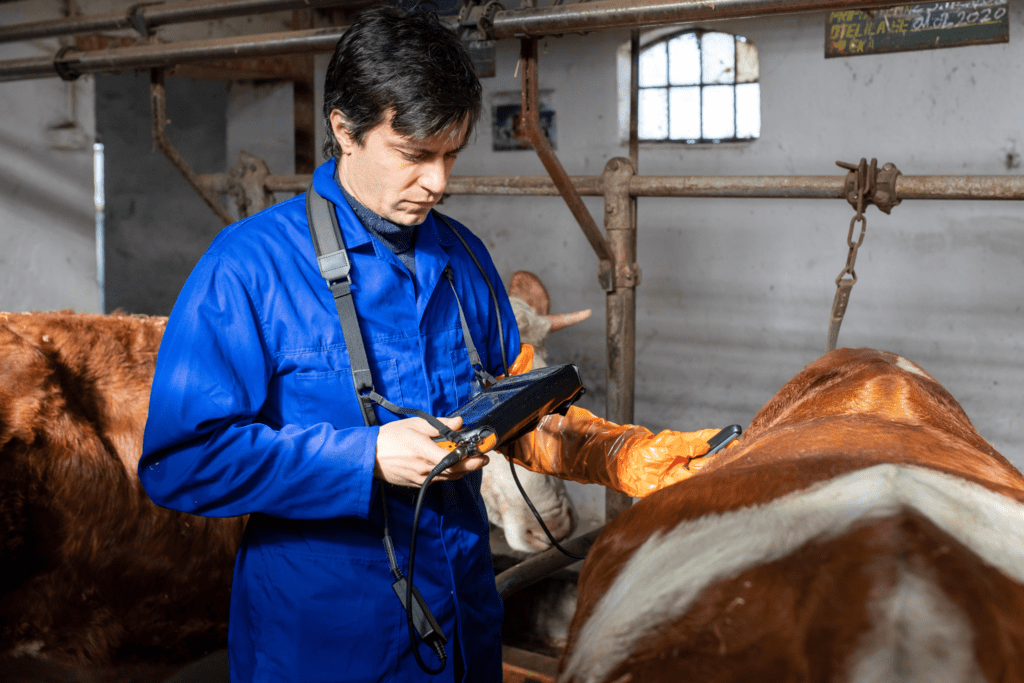
How does Jersey cow artificial insemination work?
Jersey cow artificial insemination is a common practice in homesteading. It works by using frozen bull semen straws you can order from companies that specialize in AI for dairy cattle. We use this service to order our specimens because it allows us to have our semen “sexed.” If we want a heifer that cycles, we request bull semen likely to produce the desired outcome.
When your heifer is ready to breed, a veterinarian or AI technician can deposit the semen. It’s best to let an experienced breeder or veterinarian handle this part of the process to ensure your safety and that of your cow.
Dairy cattle like Jersey milk cows can come into heat again quickly after calving. However, we recommend waiting up to 3 months before artificially inseminating again. It gives your Jersey milk cow additional time to rest and recover from a long pregnancy and the stresses of calving.
Benefits of artificially inseminating dairy cows
While it’s possible to borrow or buy some bulls for breeding and let nature take its course, there are benefits to artificial insemination.
- AI is cost-effective. It’s much cheaper to use artificial insemination than to raise bulls for breeding. It costs about $2 per day ($732 annually) to maintain a breeding bull versus about $200 per dairy cow insemination using AI.
- AI guarantees quality. When you order bull semen from an AI service, you can pick and choose to ensure you get only the best offspring. You can even pick semen that’s more prone to produce a specific gender.
- AI saves space. Bulls need their own pastures and handling areas to avoid them trying to breed with your heifers any time they feel the urge. With AI, you can save the space you would have dedicated to a bull or two for housing other homestead livestock instead.
When is the best time to artificially inseminate a cow?
Once your Jersey milk cow comes into heat (estrus), you must act quickly if you want to boost the chances of successful artificial insemination. Most artificial insemination services recommend inserting their products into heifers within 4 to 16 hours after observed estrus.
Some signs that your Jersey milk cow or other dairy heifer has entered estrus include:
- Mucus discharge happens when estrogen levels elevate during the ovulation period. It appears as long, clear elastic-like strands coming from the vulva. You also may notice it on your heifer’s flanks, thighs, or tail.
- Mounting other cows or standing to be mounted are surefire signs your heifer is ovulating. Cows that are not receptive to breeding move away from any attempt to be mounted. If they get into position for breeding, it can happen 20 to 55 times each reproductive cycle, so it should be easy to spot.
- Restlessness and bellowing are common for Jersey milk cows in heat. If you see one of your heifers acting this way, observe her for other signs of estrus.
Most dairy cattle enter estrus every 18 to 24 days once they reach sexual maturity. If you miss the ideal timeframe for artificial insemination, you can try again during the next cycle.

How effective is artificial insemination in cows?
When performed during the peak of estrus by a trained AI technician, artificial insemination in cows has a success rate of around 90%. AI success rates can be affected by certain factors like poor health and nutrition.
For dairy cattle, conception rates tend to be slightly higher (2%) than with natural breeding methods. Since AI can be targeted during heat detection, it tends to boost conception rates.
Steps you can take to boost AI success include:
- Cleaning the heifer and AI injection tools used during insemination.
- Following industry-standard protocol for semen handling, including thawing.
- Monitoring data tracking the heifer’s fertility cycles to ensure peak periods for insemination.
What does it cost to AI a cow?
How much it costs to AI a cow depends on several factors. The first is where you purchase your bull semen from and the number of heifers in estrus simultaneously. Another contributor is whether you use a veterinarian or an AI technician to administer the semen.
Some homesteaders use an estrus synchronization program to help identify peak mating times for their heifers. If you choose this option, it adds about $20 to $30 to your total cost per pregnancy.
On average, you can expect to pay about $200 per heifer for AI.
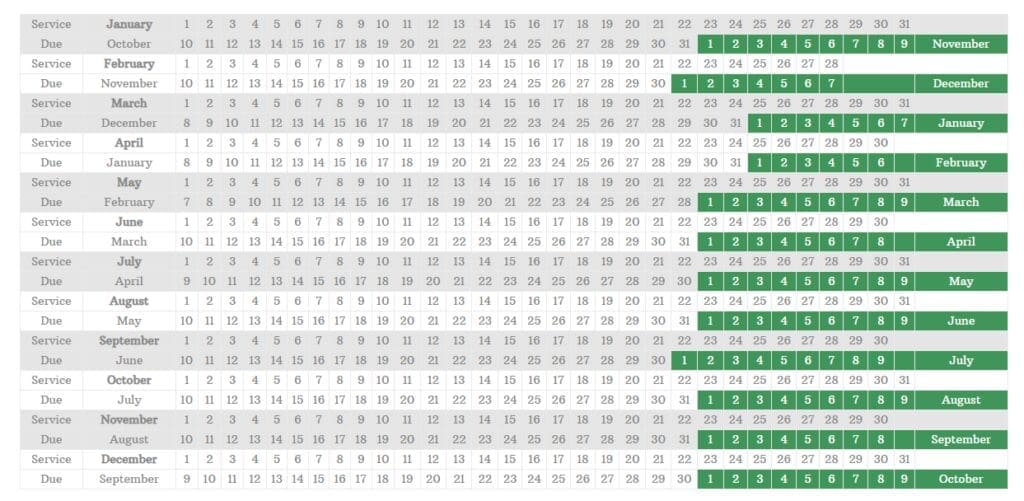
What are the best Jersey cow gestation tools?
Once artificial insemination is successful, you’ll want to track your Jersey milk cow’s gestational period to ensure a healthy pregnancy. Using a gestation cow calculator can help you prepare for the estimated arrival of calves.
You also can use a gestation cow calculator before deciding when to breed your dairy cattle so the expected calving period aligns with your schedule.
Factors affecting the cow gestation period
Several factors can affect your Jersey milk cow’s gestation period.
- Breed. Breed directly affects the length of your cow’s gestation period. The average gestation for Jersey milk cows is 278 days.
- Diet. If your heifer doesn’t consume the right nutrients during her pregnancy, she can’t support the growing calf. Poor nutrition can lead to a difficult pregnancy or birth, plus underweight calves, and increased calf mortality rates.
- Disease. Dairy cattle with bovine viral diarrhea or pregnancy toxemia can experience calving complications.
- Sex. Gestation periods for bull calves tend to last longer because they weigh more than heifer calves at birth.
Sources
- Animal Health Diagnostic Center. vet.cornell.edu. Accessed October 26, 2022.
- Economic Impact of Artificial Insemination vs. Natural Mating for Beef Cattle Herds. extension.msstate.edu. Accessed October 26, 2022.
- Etiology and Pathogenesis of Pregnancy Toxemia in Cows. merckvetmanual.com. Accessed October 26, 2022.
- Factors affecting gestation length in dairy cattle. sciencedirect.com. Accessed October 26, 2022.
- Length of Gestations in Jersey Cows. journalofdairyscience.org. Accessed October 26, 2022.
- Select Sires. selectsires.com. Accessed October 26, 2022.
- When Should Dairy Cows Be Inseminated? pubs.nmsu.edu. Accessed October 26, 2022
In our kitchen, we only use cultures from Cultures for Health.
Get yours here and start culturing today.
Popular Articles
Newsletter
Get signed up to get latest updates and new information from the Jersey Milk Cow!
This site uses Akismet to reduce spam. Learn how your comment data is processed.


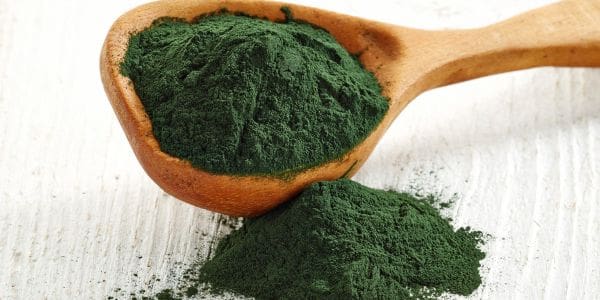

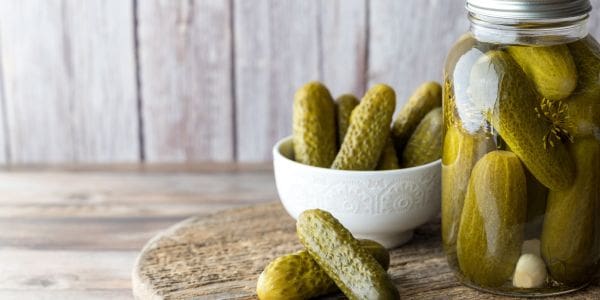
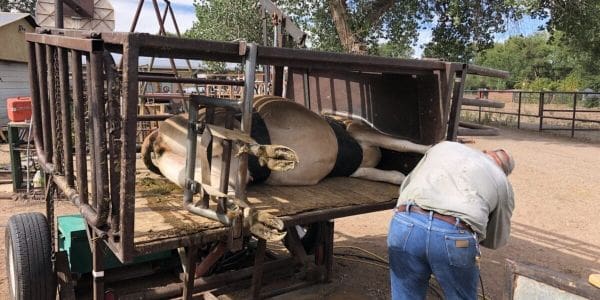
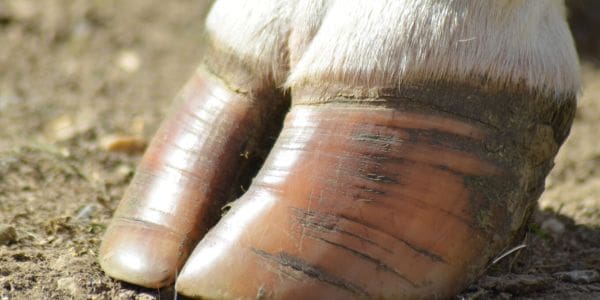
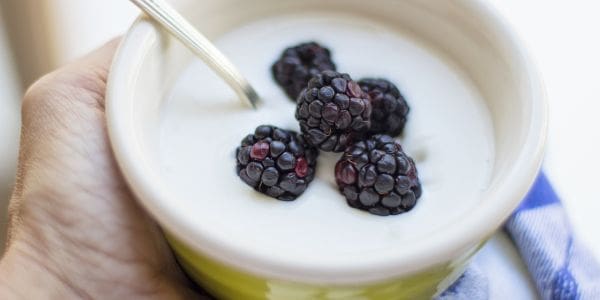
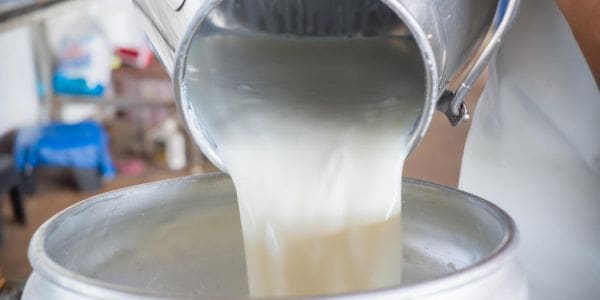
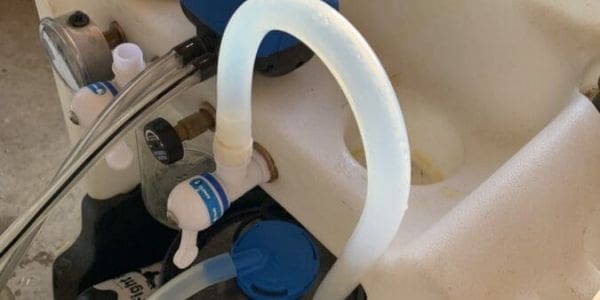
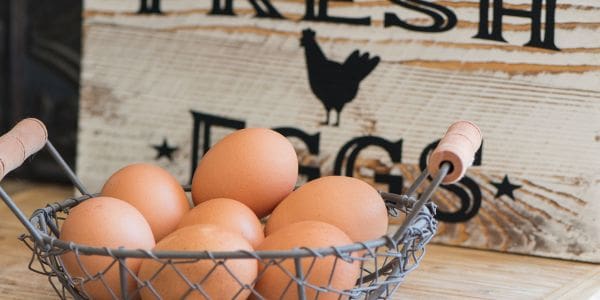
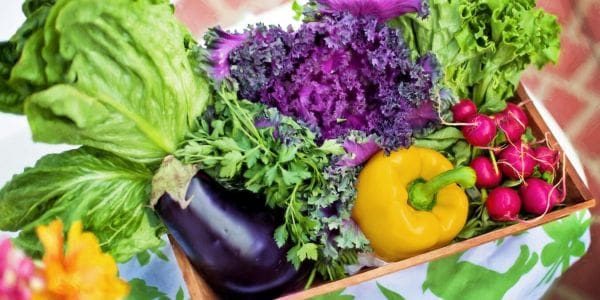
Leave a Reply